Hello everybody!
John Crowley, director of The Present, shares his experience with The Observer. You can read some passages about Cate Blanchett below. Enjoy!
From the cast’s perspective, The Present might also mean the Broadway debuts that all 13 Australian actors are making on Crowley’s watch. This is his second time around with the play. “We did it in Sydney last August for a regular seven-week run. This time around, we had a week’s re-rehearsal and a week’s tech. Re-rehearsing this show with the exact same cast is a challenge because, of course, what worked originally could have gotten calcified from repetition over a seven-week run.”
Compared to the kind of classics Blanchett usually travels in, her husband’s rewrite of Chekhov is almost an untested new play and, thus, a surprising choice with which to charge Broadway. “I don’t know if Cate chose to make her Broadway debut with it or if it was a happy coincidence of events,” says Crowley. “We’d talked about doing something together for years, and when it came together, they invited producer Stuart Thompson to see it. He was keen to bring something from the Sydney Theater Company over and had tried to do it a few times, but the timing was never right.”
The problem has always been carving out enough stage time from Blanchett’s tightly packed film schedule, which now numbers 65 screen credits since 1993.
Liveness, which spell check still stubbornly refuses to accept as a word, is the main word that Crowley uses for what Blanchett brings to the stage and any co-star in her immediate vicinity. “The way we rehearsed it is to try and create the feeling among the ensemble of being alive to every moment,” he explains. “Cate just flies with this.”
When Crowley first started working with her in Sydney, he was surprised at her playfulness. “Some actors—especially actors who do film—have to focus on where they want to get the moment right. Cate wants to open that moment up and know what the parameters are. There will be times when something will go against the story, so you have a conversation and say, ‘If you do that, then that’s going to read as blah blah blah,’ and she’ll instantly rethink it or nix it. The emphasis and the degree of liveness are what she’s after—whether it’s rehearsing or performing on stage.
“Cate likes stress-testing moments in the play to see what they’re made of and how they’ll break. If she goes too far with it, she’ll pull back on it. She’s not somebody who likes to sit around, discussing things endlessly. She’s happier working on the floor, figuring out with another actor what the moment is about. Some actors really do have a more academic approach. Not Cate. She’s fantastically bright, but it’s allied to an instinct for playful acrobatics. You just need to give her enough rope to play with in scenes rather than too tight a space. She’ll rupture—with Richard Roxburgh, in particular, because he has very different energy as an actor. There’s more of a stillness there, and he in lots of ways is the anchor to her higher-acrobatic instincts.”
Blanchett and Roxburgh practically qualify as The Lunts of Australia, having acted together for 21 years, starting out as Ophelia and Hamlet. After years of stage-teaming, their kinetic sensuality hasn’t diminished. They can still fling sparks.
“When they go out in those big emotional scenes every night,” says Crowley, “there may be subtle variations on differences and emphases, but they wind up in the same place emotionally. That’s because they are comfortable with each other. I’ve never seen one of them make a choice in a moment than the other one felt, ‘Oh, God! That’s hard for me!’ They almost egg each other on, making each other better as actors.”
 Welcome to Cate Blanchett Fan, your prime resource for all things Cate Blanchett. Here you'll find all the latest news, pictures and information. You may know the Academy Award Winner from movies such as Elizabeth, Blue Jasmine, Carol, The Aviator, Lord of The Rings, Thor: Ragnarok, among many others. We hope you enjoy your stay and have fun!
Welcome to Cate Blanchett Fan, your prime resource for all things Cate Blanchett. Here you'll find all the latest news, pictures and information. You may know the Academy Award Winner from movies such as Elizabeth, Blue Jasmine, Carol, The Aviator, Lord of The Rings, Thor: Ragnarok, among many others. We hope you enjoy your stay and have fun! 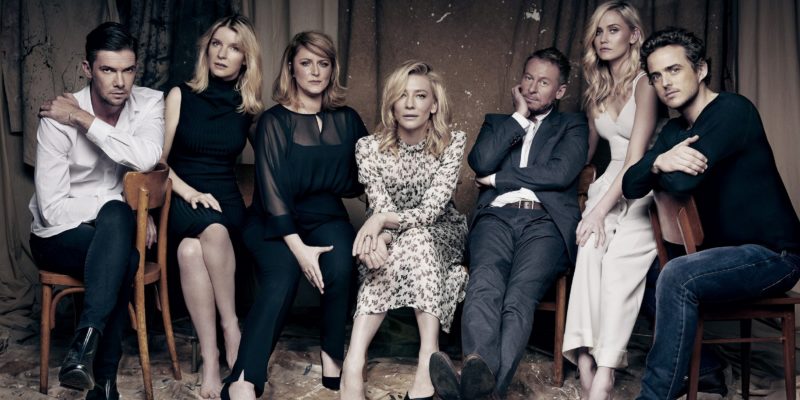
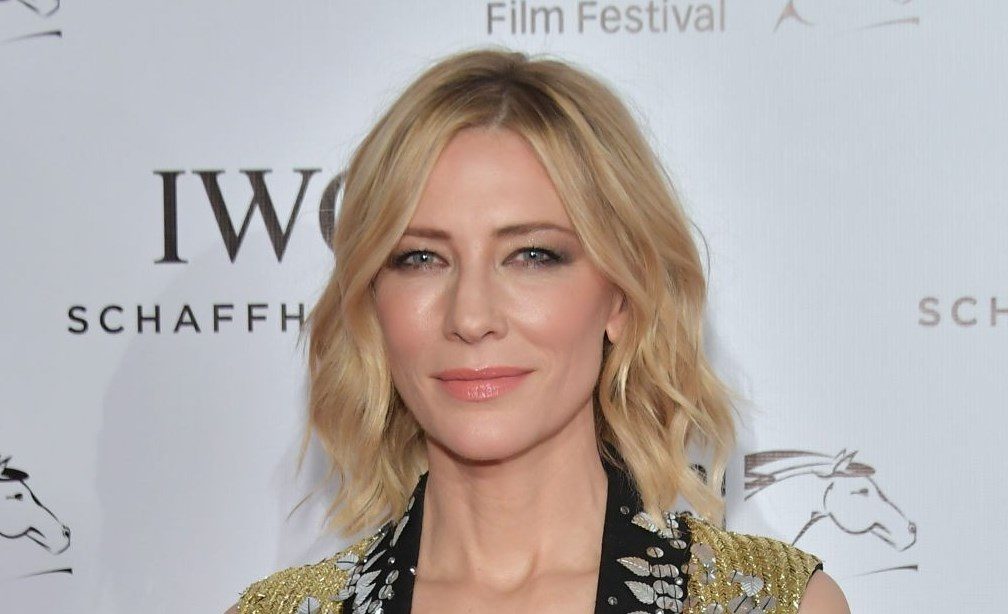
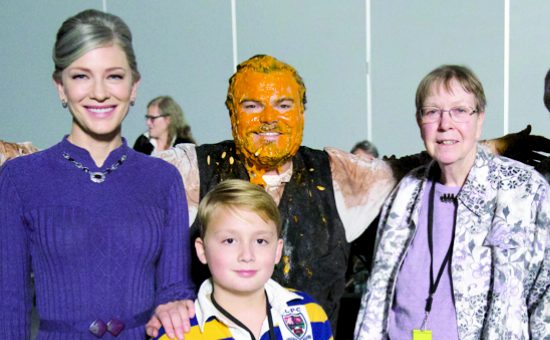
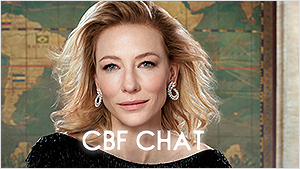
 Black Bag (202?)
Black Bag (202?)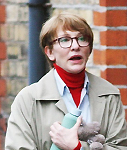 Father Mother Brother Sister (202?)
Father Mother Brother Sister (202?)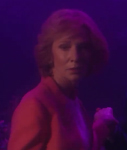 Rumours (2024)
Rumours (2024)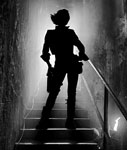 Borderlands (202?)
Borderlands (202?)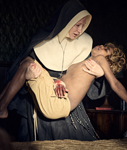 The New Boy (2023)
The New Boy (2023) TÁR (2022)
TÁR (2022)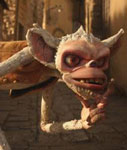 Guillermo Del Toro’s Pinocchio (2022)
Guillermo Del Toro’s Pinocchio (2022)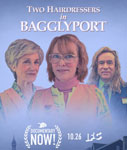 Documentary Now!: Two Hairdressers in Bagglyport (2022)
Documentary Now!: Two Hairdressers in Bagglyport (2022)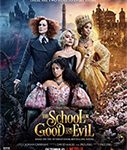 The School for Good and Evil (2022)
The School for Good and Evil (2022)












